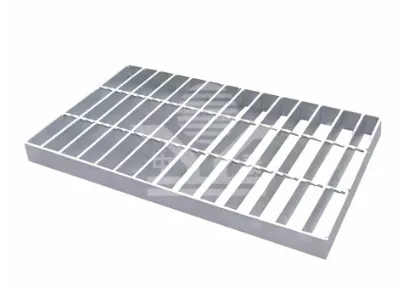Understanding the Cost of Perforated Sheets
Perforated sheets are versatile materials extensively used in various industries, from construction and architecture to automotive and aerospace. These sheets are characterized by a series of holes or perforations, which can be organized in different patterns and sizes. The unique properties of perforated sheets—such as lightweight construction, improved airflow, and aesthetic appeal—make them an attractive choice for many applications. However, one critical factor that influences their use is cost.
The cost of perforated sheets varies widely based on several factors. One of the primary determinants is the material used. Common materials for perforated sheets include stainless steel, aluminum, carbon steel, and plastic. Each material comes with its own cost implications, influenced by the raw material market and specific properties like corrosion resistance, strength, and durability. For instance, stainless steel perforated sheets tend to be more expensive than their aluminum counterparts due to the higher cost of the raw metal.
Understanding the Cost of Perforated Sheets
The pattern and size of the perforations also play a pivotal role in determining costs. Complex patterns or smaller holes may require advanced machinery and longer production time, leading to increased labor costs. Conversely, a standard pattern with larger perforations might be cheaper to produce. Customers should carefully consider their design needs, as elaborate designs can significantly impact the overall price.
perforated sheet cost

Volume and order size are additional factors that can affect pricing. Larger orders often qualify for bulk pricing discounts, reducing the per-unit cost of perforated sheets. Conversely, small orders may not benefit from these economies of scale, resulting in a higher price per sheet.
Transport and shipping costs should not be overlooked either. The distance from the manufacturer to the end user, as well as the weight and size of the sheets, can significantly influence the final cost. For businesses prioritizing budget management, it is advisable to acquire quotes from multiple suppliers and consider the total cost, including shipping.
Lastly, market conditions—the supply and demand for raw materials—can lead to fluctuations in the pricing of perforated sheets. Global events, tariffs, and changes in trade policies can also contribute to sudden price increases or decreases.
In conclusion, while perforated sheets offer numerous advantages across various industries, it is crucial to understand the factors contributing to their cost. By considering material, thickness, hole patterns, order volume, and market conditions, buyers can make informed decisions that align with their budget and project requirements. As demand for perforated sheets continues to grow, staying informed on these pricing determinants will help ensure that businesses can effectively manage costs while enjoying the unique benefits these materials provide.
-
Trusted Expanded Metal Mesh For All Projects
NewsMay.08,2025
-
Stainless Steel Expanded Metal for Versatile Uses
NewsMay.08,2025
-
Reliable Steel Grating Choices
NewsMay.08,2025
-
Perforated Sheet Metal for Every Need
NewsMay.08,2025
-
Heavy Duty Expanded Metal Mesh for Robust Solutions
NewsMay.08,2025
-
Expanded Aluminum Metal for Versatile Applications
NewsMay.08,2025
Subscribe now!
Stay up to date with the latest on Fry Steeland industry news.

